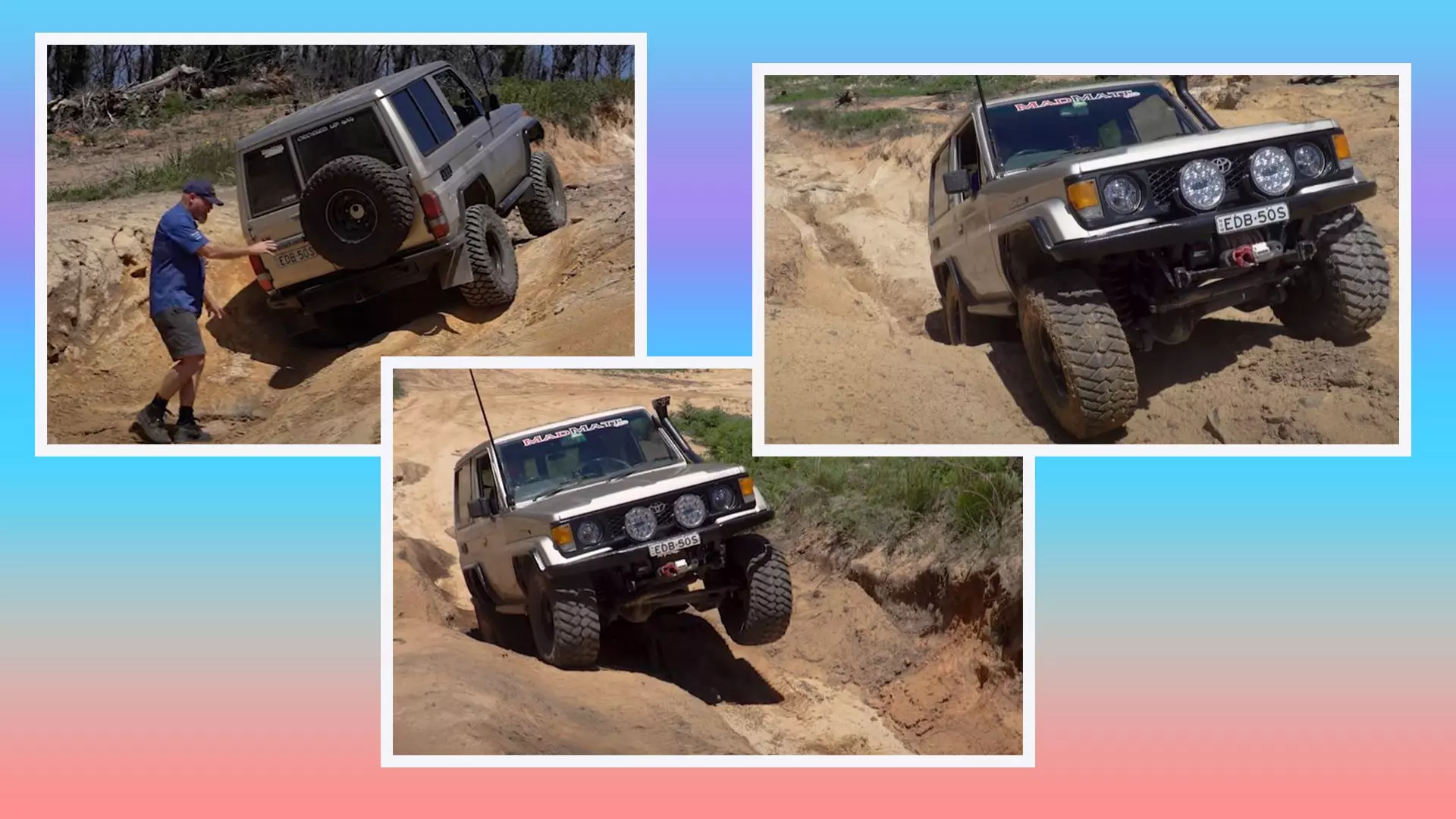A locking differential is something you’ll see referred to in a lot of automotive literature and videos. Especially of the off-roading variety. Naturally, there are plenty of explainers out there, but this video breakdown and demo from MadMatt 4WD might be my favorite so far.
The basic rundown on the concept of a locking differential is that, when locked, it distributes power equally between the wheels that the differential is controlling. Normally, without a locking differential, power travels down the path of least resistance, which in the case of off-roading can be a slipping tire. This means if a truck gets stuck, and either needs to be winched out or driven with a bit more aggression, which could cause all sorts of issues.
However, when the differential is locked, it splits power 50/50 no matter what. This enables optimal traction for crawling up loose and slippery surfaces. MadMatt 4WD‘s video demonstrates this perfectly in this thorough, yet quite easy to understand video:
But Matt doesn’t just demonstrate the benefits of a locker. He also goes into detail about the benefits of having just the front axle locked, just the rear axle locked, or sealing in a 50/50 power split on each with this wonderous technology. One might assume that the rear is preferred, but that can just lead to sketchy scenarios where it might make the rig tumble backward or make it change direction due to an uneven surface, as the video demonstrates. Then, having just front locked sometimes means that there isn’t enough power to pull the rig up. But still, if you’re going to install just one, the video concludes that the front would be preferred. The best possible option is to have both, but that’s certainly not the cheapest option.
You see, aftermarket locking differentials are expensive. Generally, they start at around $1,000 per axle, at least from my own research looking at Land Rover Discovery 1 options. This is for an air locker which requires a separately-sold, electronic air compressor. Spending $2,000-plus is a heck of an investment, though of course, it depends on what the rig will be putting up with. Personally, I’ve only ever needed my Disco’s factory center locking diff for the degree of gnarliness I’ve encountered on trails, though I could definitely see myself upgrading in the future if I want to crawl up and over even gnarlier stuff.
There are also two types of lockers. An e-locker locks the diff electronically, whereas an air locker locks it pneumatically. There are positives and negatives to both, but it seems like most folks prefer an air locker. This is because e-locker designs disengage when there’s a directional change, such as rolling back slightly while climbing up a technical piece of trail. The driver has to then re-engage it, which can be a pain when you’re focusing all of your attention on ultra-technical driving. Air lockers are great, but also are a tad more complex, and need to be installed in such a way where their lines won’t develop leaks or get damaged.
It’s all really cool stuff! The video explains perfectly what the positives and negatives are, and how each strategy is affected by the size, shape, and surface of common off-road obstacles.









